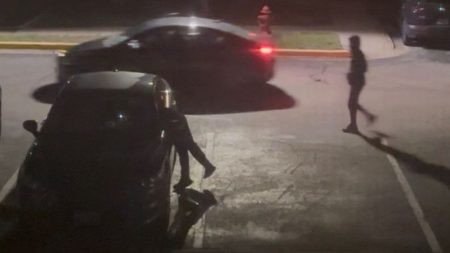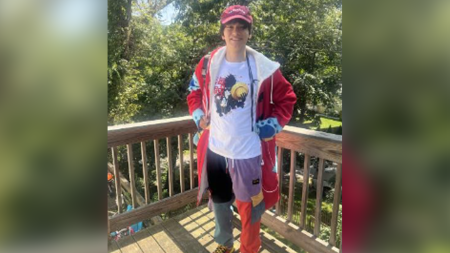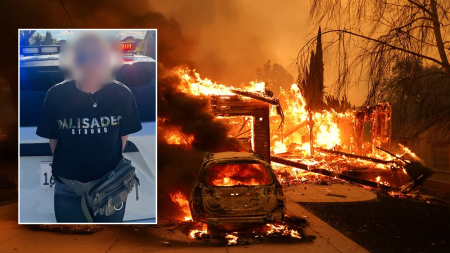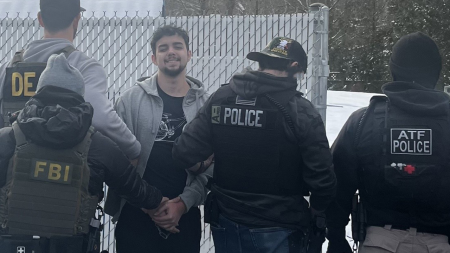This incident raises several critical concerns regarding national security and the potential vulnerabilities of military installations to relatively accessible technology like drones. Yinpiao Zhou’s alleged actions, if proven true, demonstrate a deliberate attempt to circumvent security measures and gather sensitive information about Vandenberg Space Force Base. His prior Google search for “Vandenberg Space Force Base Drone Rules” and discussion about hacking his drone to increase its flight altitude suggest premeditation and a conscious effort to bypass restrictions. The fact that the drone flew for nearly an hour and reached an altitude of almost a mile highlights the potential for prolonged surveillance and the ability of readily available drones to access restricted airspace.
The vulnerability of military bases to drone surveillance is a growing concern for national security agencies. Vandenberg Space Force Base plays a crucial role in supporting West Coast launch activities for various government agencies, including the Air Force, Department of Defense, and NASA. The potential compromise of sensitive information regarding these operations poses a significant risk to national security. Zhou’s alleged actions highlight the ease with which individuals can potentially gather intelligence using commercially available drones. This incident underscores the need for robust security measures to detect and counter such threats.
The details surrounding Zhou’s connection to China add another layer of complexity to this incident. His recent return from China in February and the arrival of his companion from China just days before the incident warrant further investigation. While the Justice Department has not explicitly linked Zhou’s actions to espionage or any foreign government, the circumstances surrounding his travel raise legitimate concerns. The increasing accessibility of drone technology raises the specter of its use for espionage and intelligence gathering by foreign actors. This incident highlights the need for increased vigilance and proactive measures to protect sensitive military installations from potential foreign surveillance.
This incident also exposes potential shortcomings in existing drone regulations and security protocols. While Zhou’s alleged actions violated existing regulations regarding airspace restrictions and aircraft registration, the incident demonstrates the challenges in enforcing these regulations and preventing unauthorized drone flights. The fact that Zhou was able to fly his drone for a significant period and capture aerial images before being apprehended suggests potential gaps in detection and response capabilities. This underscores the need for continuous improvement in drone detection technology and protocols at sensitive locations like military bases.
The Justice Department’s swift action in arresting Zhou and charging him with violating national defense airspace demonstrates a commitment to holding individuals accountable for such actions. The potential four-year prison sentence he faces underscores the seriousness of these offenses and serves as a deterrent. However, this incident also emphasizes the need for proactive measures to prevent such incidents from occurring in the first place. This includes educating drone operators about airspace restrictions and the potential consequences of violating them, as well as strengthening security measures at military installations and other sensitive locations.
The alleged actions of Yinpiao Zhou at Vandenberg Space Force Base serve as a stark reminder of the evolving threats posed by readily available technology like drones. This incident highlights the need for continuous vigilance, enhanced security measures, and proactive strategies to mitigate the risks posed by unauthorized drone activity near critical infrastructure and military installations. The ongoing investigation into Zhou’s motives and potential connections will be crucial in determining the full extent of this incident and informing future security protocols. The vulnerability exposed by this incident reinforces the need for a comprehensive approach to drone security, encompassing technological advancements, regulatory frameworks, and international cooperation to safeguard national security interests.










